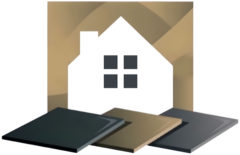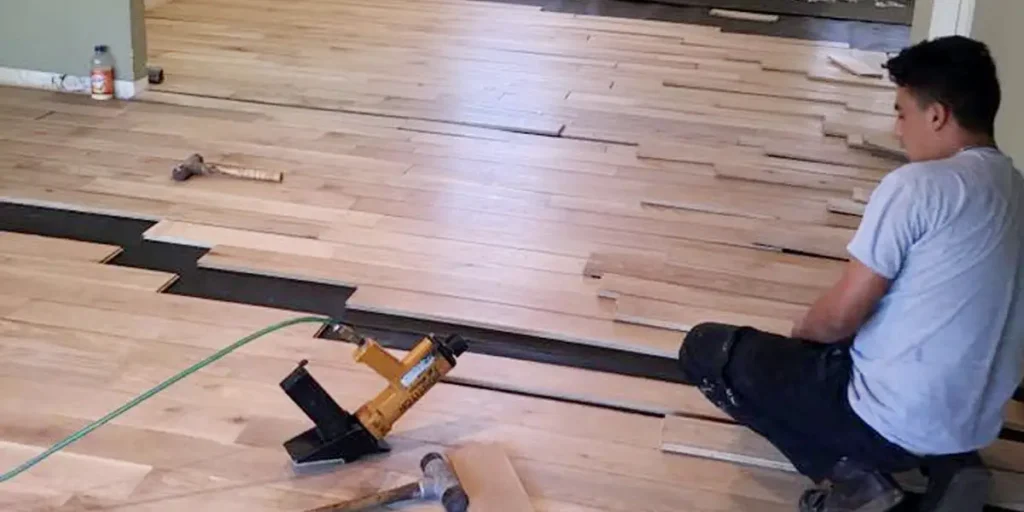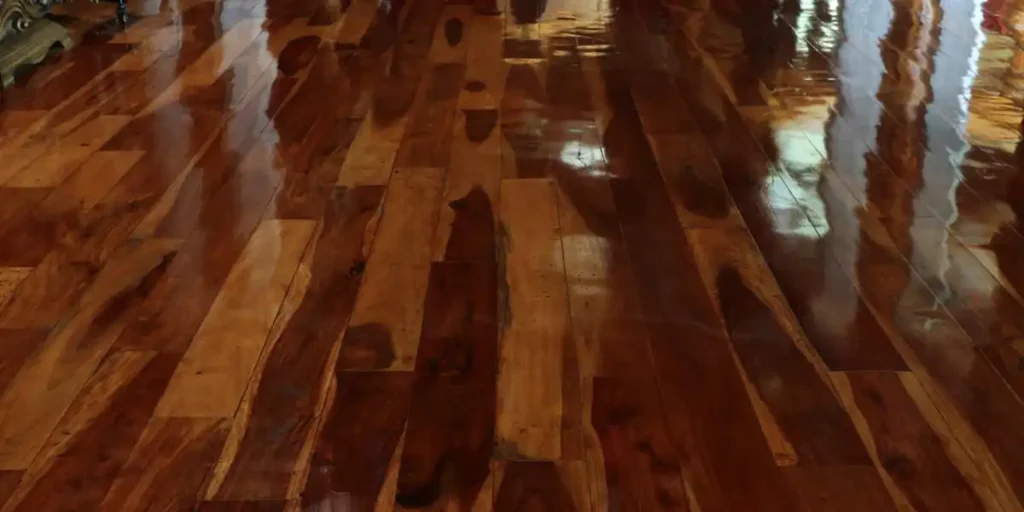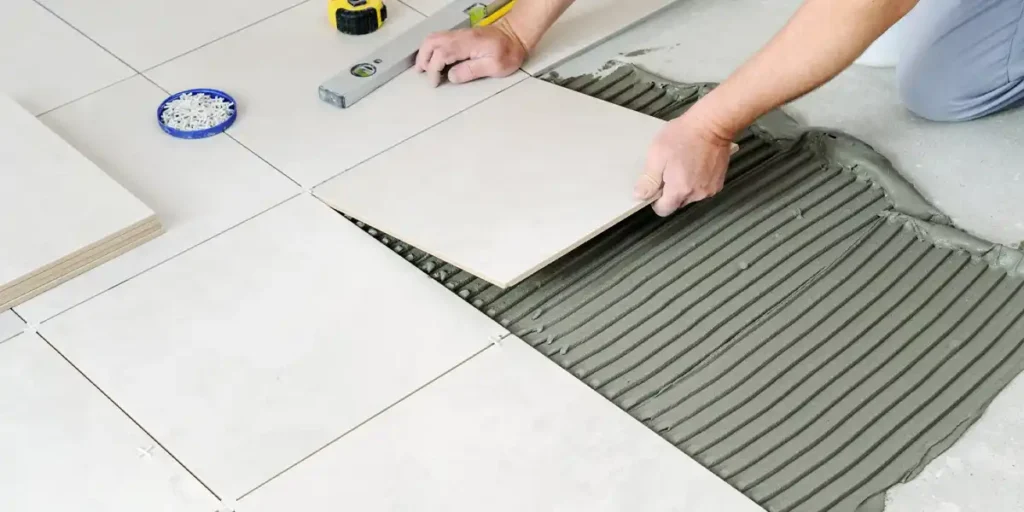Is Your Floor Telling You Something? Signs It’s Time to Repair Your Flooring
Your floors are often the unsung heroes of your home, enduring constant foot traffic, furniture movement, and accidental spills.
Over time, they can show signs of wear and damage, signaling that it’s time for a repair. Addressing these issues promptly can save you money and prevent further damage. Let’s dive deeper into the signs and solutions for flooring repairs.
Recognizing the Signs: When to Repair Your Flooring
1. Squeaks and Creaks
Persistent squeaks and creaks indicate loose floorboards or structural instability in the subfloor. While occasional noise may be harmless, frequent or loud squeaking demands attention. It’s often a sign that your floorboards are rubbing against each other or the subfloor due to inadequate fastening. Left unchecked, this can worsen over time.
Solution:
Secure loose boards with screws or nails, and consider adding padding or adhesive between layers to reduce friction. For widespread squeaking, a professional may need to assess the subfloor.
2. Visible Damage: Scratches, Dents, and Cracks
Surface damage, such as deep scratches, dents, or cracks, compromises both aesthetics and functionality. Scratches can lead to further wear, while cracks might expand, allowing moisture to seep into the subfloor.
Solution:
Use wood fillers for scratches and dents on hardwood, and replace cracked tiles or planks as needed. Regular maintenance, like refinishing hardwood floors, can also restore their appearance.
3. Water Damage and Staining
Water is one of the most common culprits of flooring damage. Signs include warping, discoloration, mold growth, or a musty smell. Even minor stains may indicate underlying water issues.
Solution:
Identify and fix the source of water intrusion. Replace affected boards or tiles and use waterproof sealants to protect against future damage.
4. Loose Tiles or Planks
Loose tiles or planks are more than an annoyance—they’re a tripping hazard and a sign of subfloor or adhesive issues.
Solution:
Reattach tiles or planks using the appropriate adhesive. For larger areas, you may need to inspect and repair the subfloor.
5. Uneven Surfaces
Uneven flooring can cause furniture instability and tripping hazards. It often points to foundational issues or subfloor settling.
Solution:
Use a self-leveling compound for minor unevenness. For more significant issues, consult a professional to address subfloor problems.
6. Pests
Insect infestations, such as termites or wood-boring beetles, can weaken your flooring’s structure. Signs include small holes, frass (insect droppings), or visible damage to wood.
Solution:
Contact a pest control specialist immediately. Once the infestation is resolved, repair or replace the damaged flooring.
Solutions That Work: Repairing Your Flooring
Repairing your flooring doesn’t have to be a daunting task. Whether you’re dealing with minor issues or tackling more significant damage, there are effective solutions to restore your floors to their former glory. Here’s a deeper dive into the most reliable approaches:
1. Minor Repairs: DIY Solutions
For minor issues like small scratches, dents, or loose planks, DIY solutions are often sufficient. Scratch repair kits, wood fillers, or touch-up markers are readily available and easy to use. If dealing with loose planks, a simple application of adhesive or tightening the existing fastening can resolve the issue.
Ensure you follow the manufacturer’s instructions or watch tutorials for specific flooring types, as improper techniques can exacerbate the problem. For instance, over-sanding can permanently damage hardwood, and excessive adhesive can cause uneven surfaces. A steady hand and patience are key to successful DIY repairs.
2. Professional Help
When faced with complex problems, such as extensive water damage, pest infestations, or structural subfloor issues, it’s time to call in the professionals. Water damage can lead to warping, mold growth, and compromised stability, which requires expert evaluation and treatment. Flooring specialists come equipped with advanced tools and expertise to handle these challenges effectively.
Pest infestations, such as termites or wood-boring insects, also demand professional attention to address the root cause and prevent recurrence. Hiring an experienced contractor ensures a durable and safe fix, saving you money in the long run.
3. Choosing the Right Materials
When replacing sections of your floor, selecting materials that match the existing surface is crucial for maintaining aesthetic consistency. Pay attention to texture, color, and finish. Opt for high-quality adhesives, sealants, and underlayment to ensure durability and longevity. These details can make the difference between a temporary patch and a lasting solution.
By choosing the right approach for your flooring needs, you can keep your floors looking beautiful and functioning effectively for years to come.
A Final Thought
Your flooring is more than just a surface, it’s a foundation for your home’s functionality and aesthetic appeal. Recognizing the signs of damage and addressing them promptly ensures a safe and beautiful living space.
Whether it’s a DIY fix or professional repair, knowing when to act can save you money and extend the life of your floors. Don’t ignore what your floors are telling you; repairing them now is an investment in your home’s future.
Don’t ignore the signs! Restore your flooring’s beauty and safety with Cardenas Flooring. From repairs to replacements, we’ve got you covered. Contact us today for expert solutions!
FAQs
How do I know if my floor needs repair or replacement?
If your flooring has minor scratches, small cracks, or occasional squeaks, repairs may suffice. However, widespread damage like extensive water damage, deep cracks, severe warping, or persistent structural issues often indicates the need for replacement. Consulting a professional can help you determine the best course of action based on the extent of the damage and your budget.
How can I prevent my flooring from getting damaged in the first place?
Regular maintenance is key. Clean your floors using appropriate methods for the material, address spills immediately, and use furniture pads to prevent scratches. In high-traffic areas, consider placing rugs or mats for added protection. Keeping your home’s humidity levels stable and ensuring proper sealing during installation can also help prevent moisture-related issues.
Can I repair water damage on my flooring, or should I replace it?
The decision depends on the extent of the damage. Minor water stains or surface warping can often be repaired by replacing individual boards or treating the area. However, severe warping, mold growth, or subfloor damage typically requires replacement. Always identify and address the source of water damage first to prevent future issues.
Why does my flooring squeak, and how can I fix it?
Squeaks usually result from loose boards or an unstable subfloor. To fix this, secure loose boards using screws or nails, and consider adding lubrication like powdered graphite between creaking sections. For widespread squeaking, inspect the subfloor and reinforce it as needed. Persistent issues may require professional assistance.
How much does flooring repair typically cost?
Repair costs vary based on the type of flooring, the extent of the damage, and whether you hire a professional. Minor DIY fixes like filling scratches or replacing individual boards may cost under $100, while professional repairs for structural issues can range from several hundred to thousands of dollars. Always get multiple quotes to compare.




